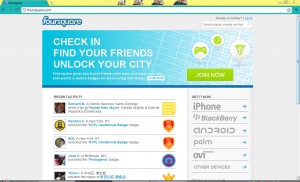A while back, we had an in-class discussion about whether Mercedes Benz was tarnishing its brand image by releasing a lower end model. My group member , Alice, whom I recently found out drives the same car as me (great taste!), seems to share the same opinion as I do, on the Benz matter as well. To quote her post,
“It’s the fact that Mercedes is now everywhere on the road that really turns me off.”
Couldn’t agree more. With the amount of Mercedes’ out on the streets now, it feels like they’re beginning to decline in their product life cycle. They’re starting to spit out anything they can (there’s now 14 different classes), and it’s getting repetitive. I mean, it’s not like they’re selling model after model of SLR McLarens. I’ve only seen 2 SLR’s over the past few years, and I see about 2 B-classes every 10 minutes driving in Vancouver and Richmond. I don’t find it prestigious nor perceive it to have a high value when I see it everywhere, every time. Nothing new.
Mercedes prides itself on luxury, and new technology. Neither of which I see any more. Unless I look at this:

but it’s not a Benz. It’s the Hyundai Genesis, base cost of $40,000, is just $10,000 more than the B-class. The highest end of Hyundai vs. the Lowest end of Mercedes, A sports car vs. an “all around car”.
It’s just a matter of time that Hyundai will increase it’s perceived value, as long as it sticks true to its brand name and image – “Affordable New Cars”.
Like we’ve learned from the beginning, “your brand comes from the promises you keep”.
Mercedes may have then proceeded with “promises are meant to be broken”. Bold. Very bold, but not that smart. So much for Smart Cars..










